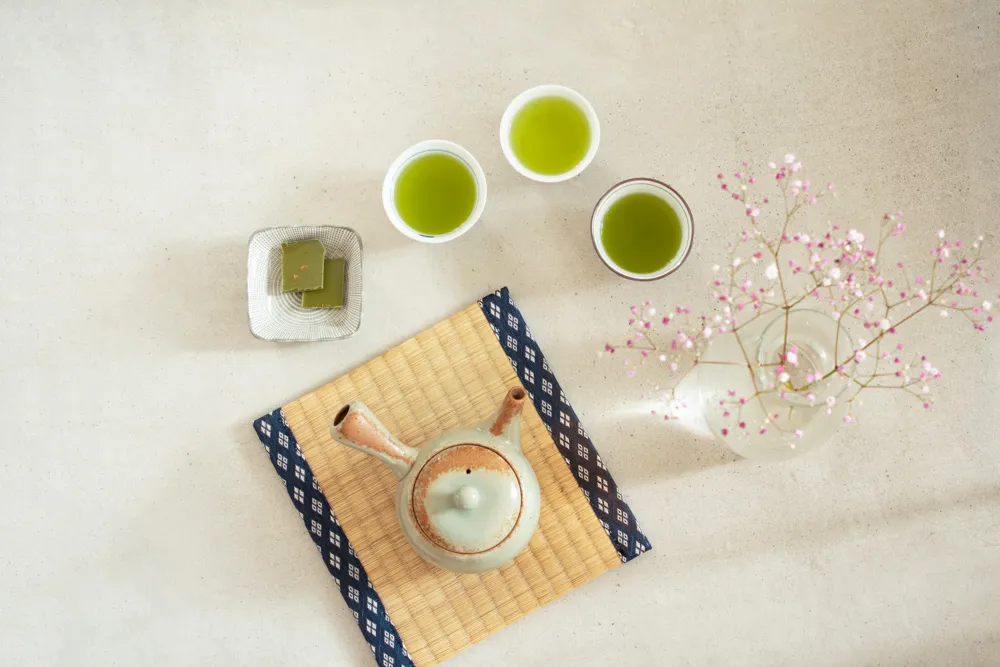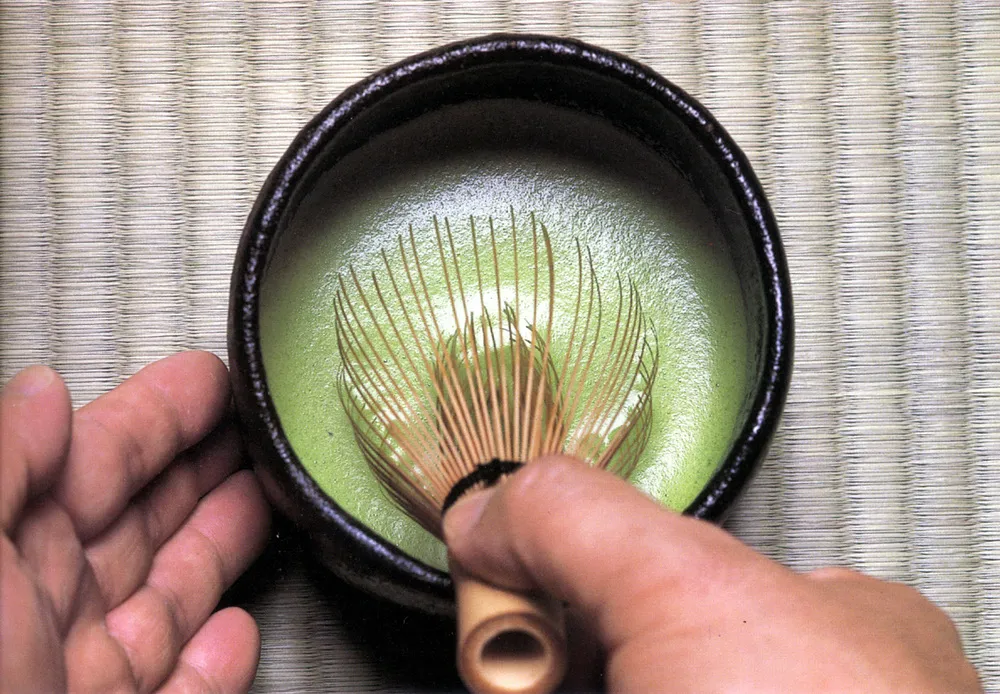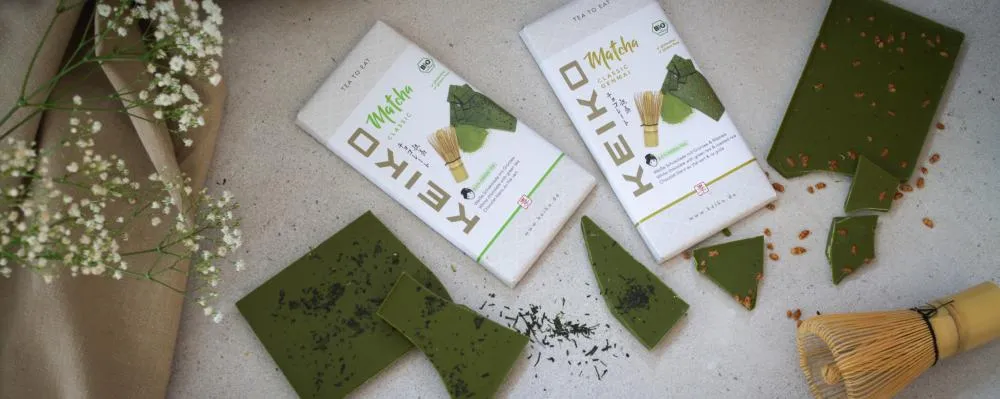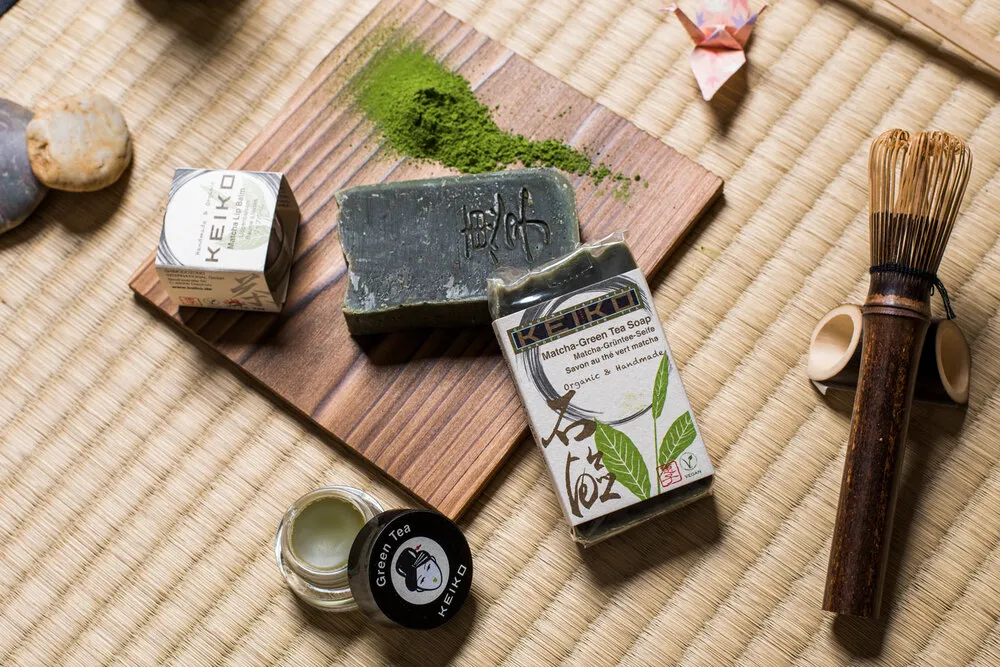Catechin
Flavonoids with antifungal and antibacterial properties, which are secondary plant substances. Green tea contains various types of catechins, with epigallocatechin gallate (EGCG) and methylated epigallocatechin gallate (EGCG3''Me) being the most important. The content can vary greatly depending on the variety and processing technique.
Possible effects of catechins range from strengthening the immune system to anti-allergic properties (especially for hay fever) and anti-carcinogenic effects.
Hardly any EGCG is found in black tea due to the fermentation process. In green tea, a higher content tends to be found in Japanese teas (Sencha type)*, which is probably due to steaming (compared to the usual roasting process).
The Benifuuki variety is particularly rich in catechins. You can also find more information on the ingredients page.
According to studies, the best solubility is achieved at a high infusion temperature and a long infusion time*. As catechins as tannins have a rather bitter, astringent flavour, this can lead to a very bitter result. However, multiple infusions have unfortunately not been taken into account in previous studies. It is therefore quite possible that a similar active ingredient content can be achieved with multiple infusions as with as with a single very hot and long infusion.
We believe that a holistic effect only unfolds through enjoyment and therefore recommend 5 infusions of tasty tea with a medium catechin content rather than 1 strong, bitter infusion with a particularly high content.
By the way: by combining EGCG with piperine and curcumin, it is said to be possible to potentiate its effect many times over* - a combination that can be found in Matcha Charming Chai, for example.
- Beliveau et al. (2017): „Krebszellen mögen keine Himbeeren“, Kösel-Verlag)
- Maeda-Yamamoto et al. (2009): „The Efficacy of Early Treatment of Seasonal Allergic Rhinitis with Benifuuki Green Tea Containing O-methylated Catechin before Pollen Exposure: An Open Randomized Study“, Allergology International Vol 58, No3





